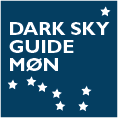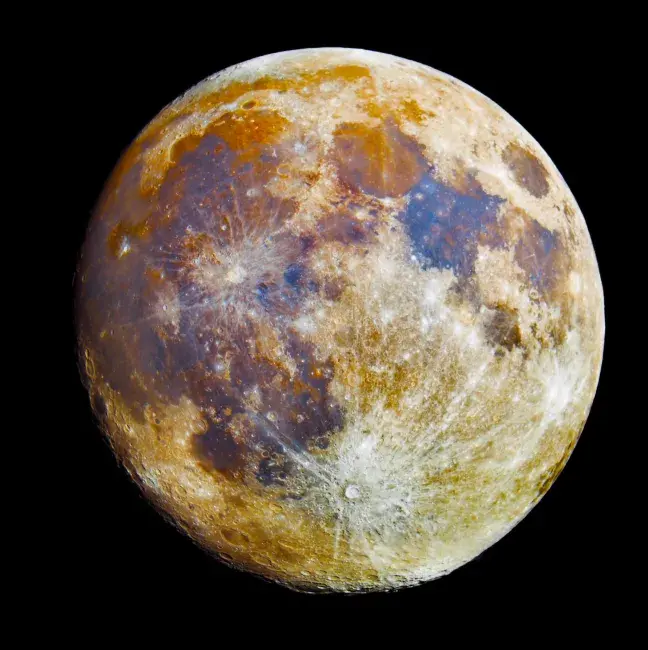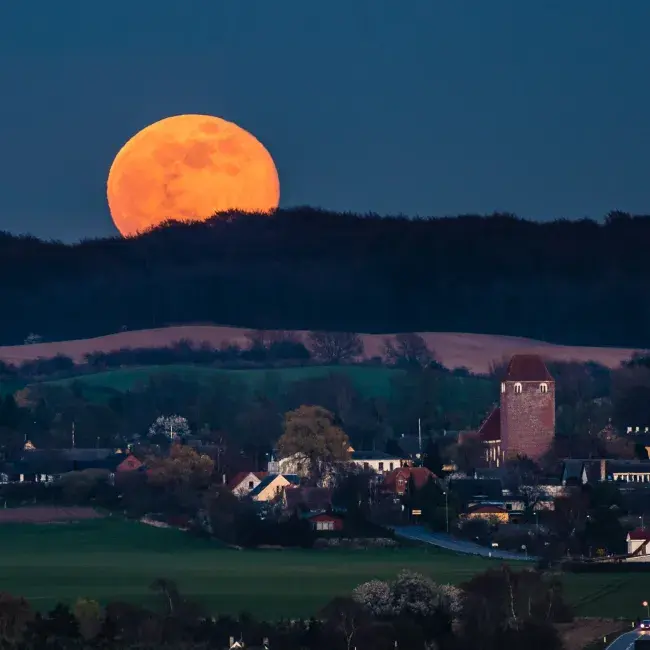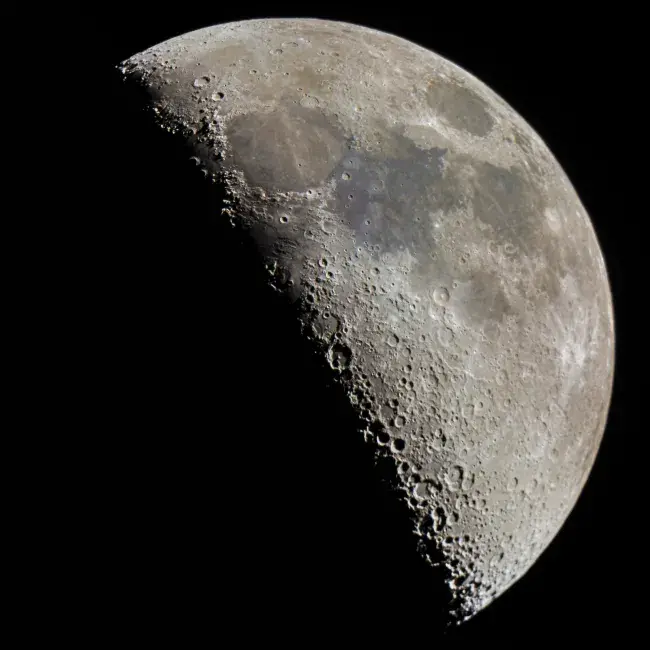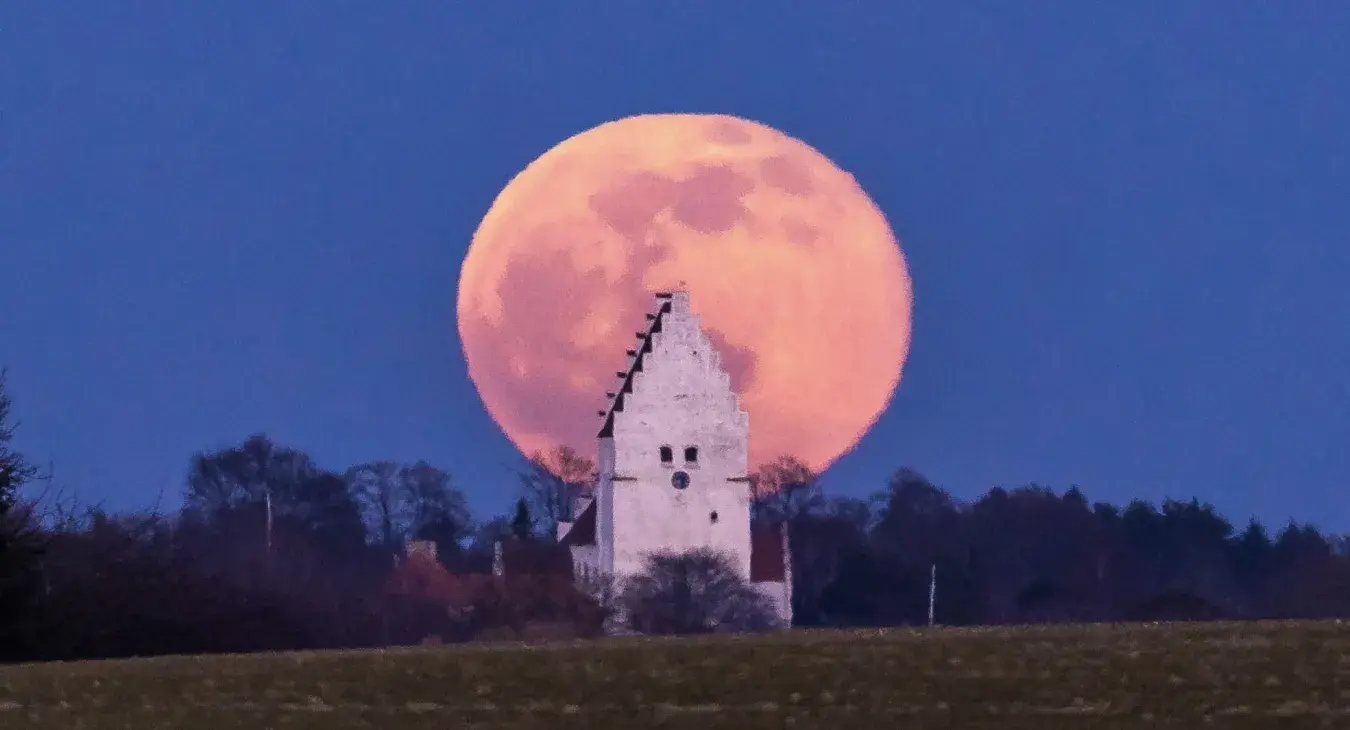Learn about the Moon phase and when the Moon will rise today
Are you curious about the moon's rising time today? Stay on top of the lunar calendar and be in sync with nature's rhythm. Knowing when the moon will rise is not just intriguing but also helpful for planning outdoor activities like stargazing, photography, or moonlit walks.
In this article, we will guide you on how to determine the moon's rising time for today and beyond.
Understanding the lunar calendar and its phases can be a fascinating journey in itself. The moon influences the tides and has long been associated with various cultural and religious beliefs. By learning about the moon's movements, you can unlock a deeper connection with the natural world around you.
Whether you are an astronomy enthusiast or simply curious about the night sky, knowing when the moon will rise is essential information. So, grab your binoculars, find a cozy spot, and get ready to witness the beauty and serenity of the moon's ascent. Let's embark on this lunar adventure together and discover when the moon will rise today.
Importance of Knowing Moonrise Times
Knowing the moonrise times is not only useful for planning activities, but it also allows you to connect with nature in a profound way. The moon has captivated humans for centuries with its beauty and mystique. From ancient civilizations to modern-day astronomers, people have been fascinated by the moon's influence on our planet.
Understanding when the moon will rise is particularly important for photographers and stargazers. The moon provides a unique source of light that can enhance the beauty of landscapes and celestial objects. By knowing the moonrise times, photographers can plan their shoots accordingly, capturing breathtaking images of the moon against stunning backdrops.
For stargazers, the moon's rising time is crucial for planning observations. The moon's brightness can affect the visibility of stars and other celestial objects. By knowing when the moon will rise, astronomers can choose the best time to observe the night sky without the interference of moonlight.
Understanding the Phases of the Moon
Before we delve into determining the moon's rising time, it's essential to understand the different phases of the moon. The lunar cycle consists of eight primary phases, starting with the New Moon and ending with the Full Moon. Each phase represents a different amount of the moon's illuminated surface visible from Earth.
The New Moon phase occurs when the moon is positioned between the Earth and the Sun, and its illuminated side faces away from us. During this phase, the moon is not visible to the naked eye. As the moon progresses through its orbit, it gradually becomes visible, starting with a thin crescent known as the Waxing Crescent.
As the moon continues to orbit, it transitions through the First Quarter, Waxing Gibbous, and eventually reaches the Full Moon phase. The Full Moon occurs when the moon is directly opposite the Sun, and its illuminated side faces Earth. This is the phase when the moon appears as a complete circle in the night sky.
After the Full Moon, the moon begins to wane, going through the Waning Gibbous, Third Quarter, and finally the Waning Crescent phase. The cycle then repeats, starting with another New Moon. Understanding these phases is crucial for determining the moon's rising time, as it varies depending on the moon's position in its cycle.
How the Moon's Orbit Affects Its Rise and Set Times
The moon's orbit around the Earth is not a perfect circle but rather an ellipse, with the Earth situated slightly off-center. This elliptical orbit causes variations in the moon's distance from Earth, known as its perigee and apogee. When the moon is at its closest point to Earth (perigee), it appears larger and brighter in the sky. Conversely, when it is at its farthest point (apogee), it appears smaller and less bright.
The moon's elliptical orbit also affects its rising and setting times. When the moon is closest to Earth, it moves faster along its orbit, resulting in shorter intervals between consecutive moonrises. Conversely, when the moon is at its farthest point, its orbital speed decreases, leading to longer intervals between moonrises.
These variations in the moon's orbit make it essential to consult accurate sources for determining moonrise times. Simply relying on general predictions may not provide precise information, especially if you are planning specific activities around moonrise.
Tools and Resources for Determining Moonrise Times
Fortunately, there are several tools and resources available to determine the moon's rising time accurately. One of the most accessible sources is online websites and mobile applications dedicated to providing detailed astronomical information. These platforms allow you to input your location and date to obtain accurate moonrise times for your area.
Popular Apps and Websites for Tracking Moonrise Times
We have a moon calendar which you can check to know in advance the moons rising and settings time, and phase. It is set to our location, which is most relevant if you are planing to come here for a dark sky experience.
Some other popular websites include Timeanddate.com, which provides comprehensive information about the moon's movement, including moonrise and set times.
Mobile applications, such as SkyView and Star Walk, are also excellent resources for tracking moonrise times. These apps use augmented reality technology to provide real-time information about celestial objects, including the moon. They allow you to point your phone or tablet towards the sky and instantly see the moon's position, rise time, and other relevant data.
Factors that Influence Moonrise Times
While the moon's elliptical orbit is a significant factor in determining moonrise times, there are other elements that can impact when the moon will rise. One of these factors is the latitude of your location. The moon's rising time can vary depending on how far north or south you are from the equator.
Additionally, the moon's rising time can be influenced by local topography and atmospheric conditions. For example, mountains or tall buildings near the eastern horizon can delay the moon's appearance. Similarly, weather conditions such as fog or clouds can obstruct the view and make it challenging to observe the moonrise.
It's important to consider these factors when planning activities around moonrise. Checking the local weather forecast and being aware of any potential obstructions can help ensure a successful moon-watching experience.
Popular Apps and Websites for Tracking Moonrise Times
For most people, using online resources and mobile applications is the easiest and most convenient way to determine the moon's rising time. These platforms provide accurate and up-to-date information, taking into account various factors such as your location, date, and local time zone.
Timeanddate.com is a reliable website that offers a wealth of information about the moon's movement, including rise and set times. The website allows you to enter your location and provides detailed data about the moon's rising time, azimuth, and altitude.
The U.S. Naval Observatory's website is another excellent resource for tracking moonrise times. It provides accurate astronomical data, including moonrise and moonset times, as well as data on other celestial events.
If you prefer using mobile applications, SkyView and Star Walk are highly recommended. These apps use your device's GPS and compass to provide real-time information about celestial objects, including the moon. They offer user-friendly interfaces and interactive features that make exploring the night sky an immersive experience.
Benefits of Planning Activities Around Moonrise
Planning activities around moonrise can enhance your overall experience and allow you to make the most of the moon's presence in the night sky. Whether you are a photographer, stargazer, or simply enjoy spending time outdoors, timing your activities to coincide with moonrise can offer unique benefits.
For photographers, capturing the moon's ascent against a picturesque landscape can result in stunning images. The soft, warm light of the rising moon can create a magical atmosphere, adding depth and dimension to your photographs. By planning your shoots around moonrise, you can take advantage of this beautiful natural lighting.
Stargazers can also benefit from planning their observations around moonrise. The moon's brightness can sometimes wash out fainter celestial objects, making them less visible. By choosing a time close to moonrise, you can enjoy a darker sky, allowing you to see more stars, planets, and deep-sky objects.
Moonlit walks and outdoor activities can also be more enjoyable when timed with moonrise. The soft glow of the moon can illuminate your surroundings, creating a serene and peaceful ambiance. Whether you are exploring nature trails, camping, or simply taking a leisurely stroll, being outdoors during moonrise can be a memorable experience.
Tips for Staying on Top of the Lunar Calendar
Staying on top of the lunar calendar and knowing when the moon will rise is not only informative but also enriching. The moon's rising time can enhance various activities, from photography to stargazing and even moonlit walks. By understanding the moon's phases, its orbit, and utilizing tools and resources, you can accurately determine moonrise times for your location.
Remember to consider factors such as your latitude, local topography, and atmospheric conditions when planning activities around moonrise. Checking reliable websites and using mobile applications can provide accurate and up-to-date information about the moon's rising time, azimuth, and altitude.
So, the next time you find yourself captivated by the moon's beauty, take a moment to appreciate its significance and the connection it offers with the natural world. Stay on top of the lunar calendar, plan your activities, and embark on a lunar adventure that will leave you in awe of the moon's majestic ascent.
Happy moon-watching!
Moon Photography
You can make amazing photos of the Moon, either close up with a long lens, or while it's rising over a landscape. Timing and location is everything, and it can be a bit of a rish to get the Moon exactly where you want it in your photos.
